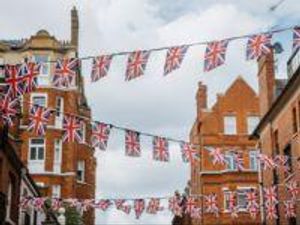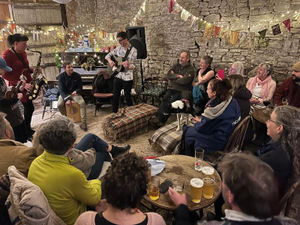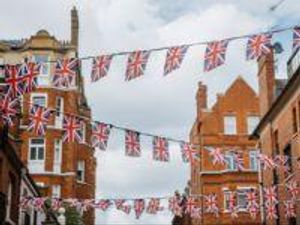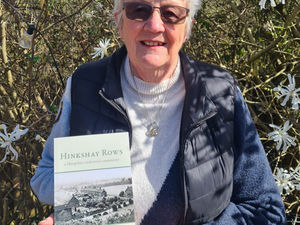Tram man Peter's latest book rolls in
They're efficient and they're environmentally friendly - just two reasons why Peter Waller of Shrewsbury thinks trams are gaining popularity.
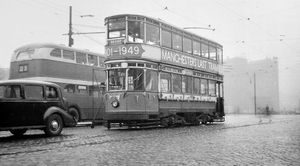
"They're coming back slowly," says Peter, who has just published his latest book in a series looking at regional tramways across the country.
"They're quite costly to introduce and quite often you find resistance from people to the amount of structural work which needs to be done."
Nevertheless, there are now tram systems in some of Britain's biggest cities.
"They're a way of moving significant numbers of people in an efficient and environmentally friendly way as the trams themselves do not cause any pollution in the streets."
But Salopians of the past never had the opportunity to ride in trams in their own county, the nearest being at places like Wolverhampton, the Black Country, or Wrexham.
"Shropshire is one of three counties in England that had none of the following - a university, an Anglican cathedral, or a tramway of some description. The ironic thing is that one of the country's biggest producers of trams was based at New Hadley, but nowhere in the county had a tramway."
His book, the third in a series which will run to six, looks at tramways in the north west of England and features scores of photographs, many of which are previously unpublished, including some in colour.
Peter grew up in Bradford in the 1960s, a city which operated trolleybuses until 1972.
"My father was interested in trams before that and had been involved in early tramway preservation in the 1950s, but never forced his interests on to me or my sister. It was when I developed my own interest that he said he had these photographs, and asked if I would be interested in seeing trams in operation in places like Blackpool."
Peter moved to Shropshire in 2007 and is a full-time author and editor. He is also a director and secretary of the Online Transport Archive, a director of Shrewsbury Dial-a-Ride, a trustee of the West Shropshire Talking Newspaper, a committee member of the National Railway Heritage Awards and a past president of the Rotary Club of Shrewsbury.
His book provides an overview of the history of tramways in the north west England region from the 1860s, when one of the pioneering horse trams that predated the Tramways Act of 1870 operated in Birkenhead - the first tramway to operate in the British Isles - through to the closures of the last traditional tramways at Stockport and Liverpool in 1951 and 1957.
It also looks at one great survivor, the tramway in Blackpool that, fully modernised, continues to operate in the 21st century.
Regional Tramways - The North West of England, Post 1945, is published by Pen & Sword and is hardback, £25.


